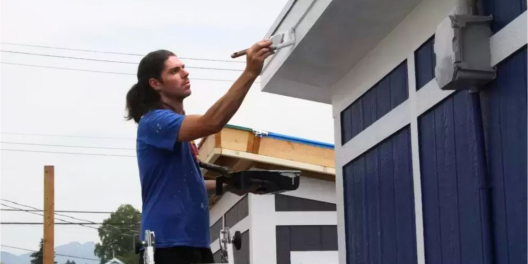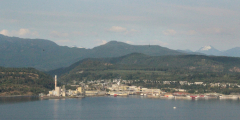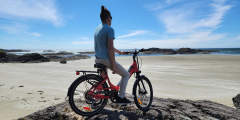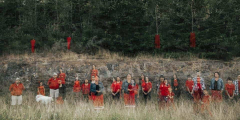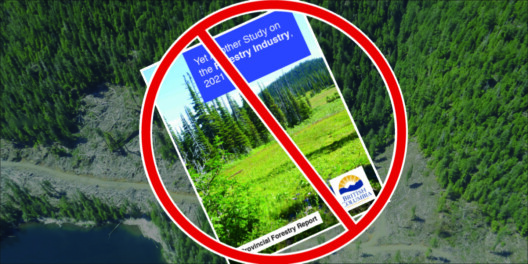The Quatsino people have a legend that says their people came to NorthIsle by land thousands of years ago. Now, researchers from Vancouver Island have painted a picture of what their land would have looked like around the end of the last ice age.
It’s like a Facebook memory from 18,000 years ago.
The area is forested today. But thousands of years ago, grass, shrubs, and ferns covered the area. Then, there were small clusters of different evergreen trees.
But how in the world can we know this?
Researchers from Vancouver Island, Vancouver, and even Denmark got together to go digging into the past. They wanted to know how the ice age affected parts of NorthIsle by digging up the oldest environmental records possible.
What they got was a surprise.
Rather than digging up the surface and looking for signs of human life like archaeologists, these scientists went deep below Top Knot and Little Woss Lakes. Lakes are good record keepers because rain washes silt and plants off the hills, and they collect in layers on the lake bed.
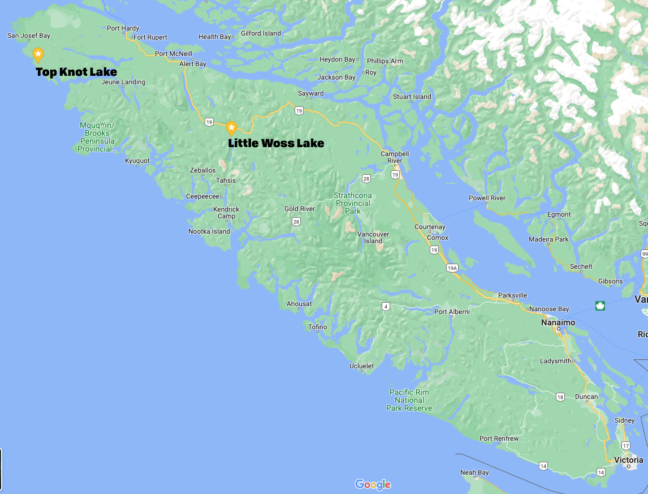
The scientists used coring machines to tunnel metres below the lake bed and pulled up dirt, pollen, and scraps of plants. Then they estimated the age of each section of the core they pulled up using radiocarbon dating.
Usually, the coring machines can only dig so deep. Eventually, they reach a hard layer of rock left behind by glaciers when the land was covered with ice. The coring machines can’t get past it.
That’s what happened in Little Woss Lake. But in Top Knot, the coring machine just kept going. They dug down 11 metres, or roughly 18,000 years into the past. They only stopped because the coring machine reached the end of its rope.
So Top Knot Lake, and the area around it, was never covered with ice. Or if it was covered in ice, it was more than 18,000 years ago, and it wasn’t for very long.
Chris Hebda was the lead researcher on the project. He’s from the Hakai Institute and the Anthology department at the University of Victoria. “We realized that this was a special place,” Hebda told the Campbell River Mirror. “It had been not covered by ice and available for people to have lived nearby for a very long time.”
Quatsino hereditary chief Sonny Wallas (David Hanuse) told Hakai Magazine that the Quatsino people lived in the area before the last ice age. According to the stories that have been passed down, they lived through it by going to the ancient village of Klaskino, about 50 kilometres southeast of Topknot Lake.
The Klaskino area we know is coastal. But the coast was much further away 18,000 years ago. The massive glaciers of the ice age trapped much of the world’s water, so the sea level was a lot lower.
That makes looking for other lakes like Top Knot very difficult. They’ve been under the ocean for thousands of years now.
When the glaciers started to melt, and the oceans filled back up, the Quatsino’s land began to change again. Between about 17,000 and 16,000 years ago, only a few pine trees were left. First, the grass took over, and there were flowers like roses and daisies. Then, between 16,000 and 13,000, the pine and alder trees took over.
Little Woss Lake came out from under the ice around 14,000 years ago. Around that time, the lake was surrounded by fir and pine trees. The researchers also found DNA from grizzly bears and Chinook salmon.
There is evidence all the way down to Chile showing that people were moving from Asia to North America when the ice was high and the seas were low. But it’s hard to know how people got past the glaciers that covered North America.
Most places where people could have lived are under the ocean now.
But we have stories from peoples like the Quatsino. And we have archaeological sites like Triquet Island that go back 14,000 years. And now we have lake data that shows how comfortable NorthIsle must have been 18,000 years ago.
NorthIsle was a pretty good place to ride out the ice age for a couple of thousand years, from the looks of things.

